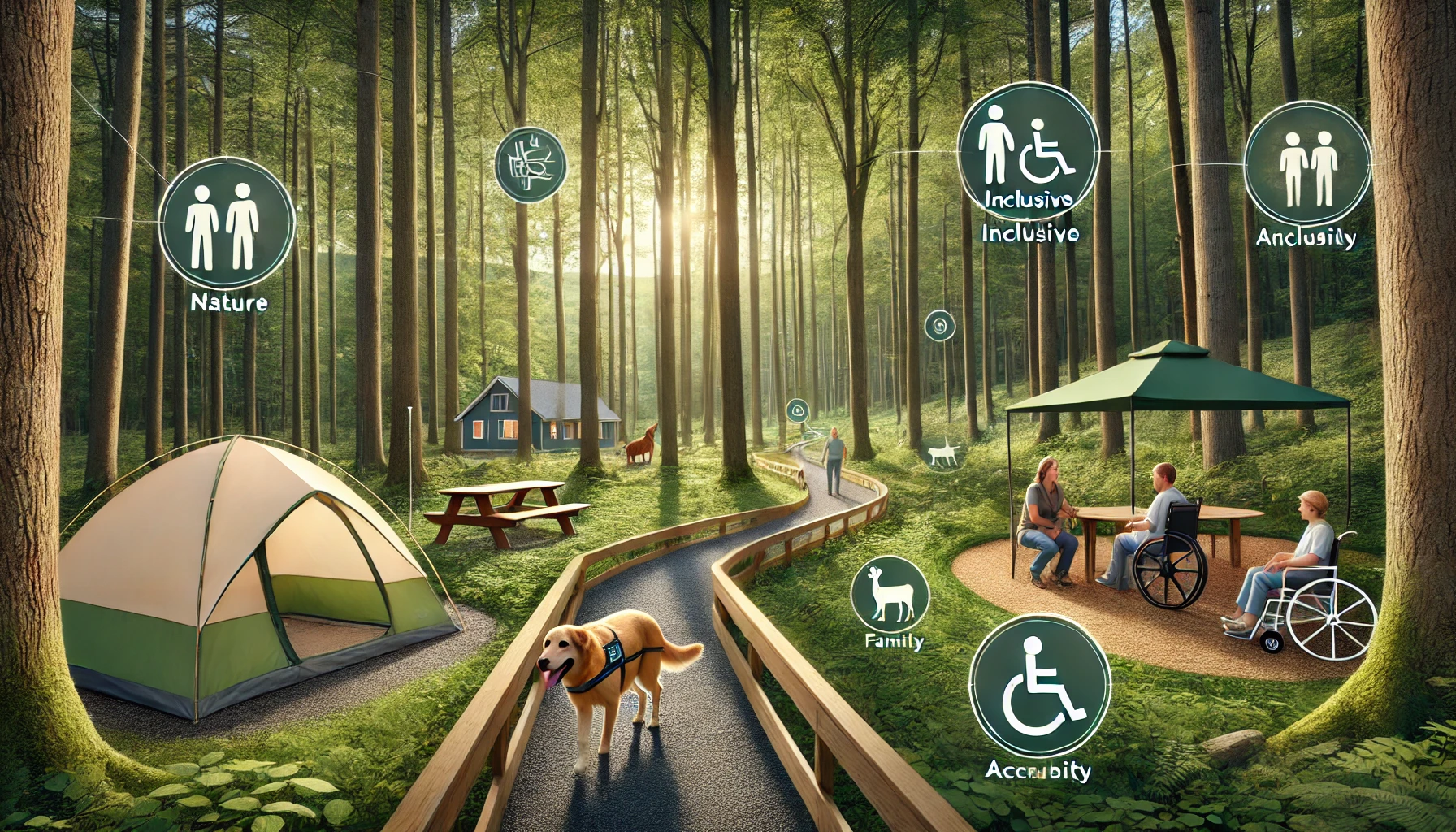Autism Spectrum Disorder (ASD) is like a rich tapestry, woven with diverse threads of experiences, challenges, and unique perspectives. In this enlightening journey, we’ll unravel the mysteries of ASD, explore the vivid colors within the spectrum, and answer the burning questions that surround this condition.
The Spectrum’s Kaleidoscope
Imagine ASD as a spectrum – not a linear path but a vibrant spectrum bursting with diversity. Within this spectrum, we encounter distinct shades:
- Asperger’s Syndrome: A realm where social interaction quirks and repetitive behaviors often take center stage. Yet, words flow effortlessly. Discover more
- Rett Syndrome: A rare genetic melody primarily sung by females, leading to profound cognitive and physical variations. Learn more
- Childhood Disintegrative Disorder: A chapter marked by a sudden loss of acquired language and social skills. Unravel the story
- Kanner’s Syndrome: Named after the visionary Leo Kanner, this segment delves into profound social challenges and communication puzzles. Dive deeper
- Pervasive Developmental Disorder – Not Otherwise Specified (PDD-NOS): A space for individuals with a unique blend of autistic traits that don’t fit into other ASD categories. Explore further
A Journey Through Complexity
Every individual with ASD embarks on a unique journey, navigating through the maze of social interactions, communication hurdles, and the kaleidoscope of interests. But what exactly is ASD, and what makes it such a captivating enigma?
Is autism a disability? Indeed, autism is often described as a developmental disability. However, it’s essential to recognize that this label doesn’t encompass the full spectrum of experiences. Many individuals with ASD are blessed with remarkable talents and abilities.
What causes autism? Unlocking the origins of autism is like solving a complex puzzle. While genetics are a significant piece of the puzzle, environmental factors also play a role. The precise combination of these factors remains an intriguing mystery.
Is autism curable? Imagine autism not as an ailment to be cured but as a unique prism through which individuals view the world. While there’s no traditional “cure,” early interventions, therapies, and robust support systems can illuminate the path to a fulfilling life.
Is autism increasing? The narrative of increasing autism prevalence is like turning the pages of a captivating novel. It’s a complex tale, driven by heightened awareness, refined diagnostic tools, and broader access to evaluations.
Is autism caused by vaccines? This is a myth that science has debunked repeatedly. Vaccines are the guardians of public health, and they do not weave a connection with autism. The scientific community stands united in discrediting this notion.
Why do individuals with autism stim? Stimming is akin to a unique dance that individuals with autism perform. It’s a form of self-stimulatory behavior that helps regulate sensory input, alleviate anxiety, and express emotions. Each “move” is a chapter in their unique story.
In conclusion, Autism Spectrum Disorder is not a single story but a collection of diverse narratives. With the right support, tailored interventions, and a focus on strengths, individuals with ASD can script beautiful chapters in their lives, contributing vibrantly to their communities.
For a deeper dive into the fascinating world of Autism Spectrum Disorder, explore organizations like Autism Speaks and Rett Syndrome Research Trust.
For comprehensive information and ongoing research, consider referencing national medical institutions like the National Institute of Neurological Disorders and Stroke (NINDS), the Centers for Disease Control and Prevention (CDC), and the National Autism Association (NAA).


